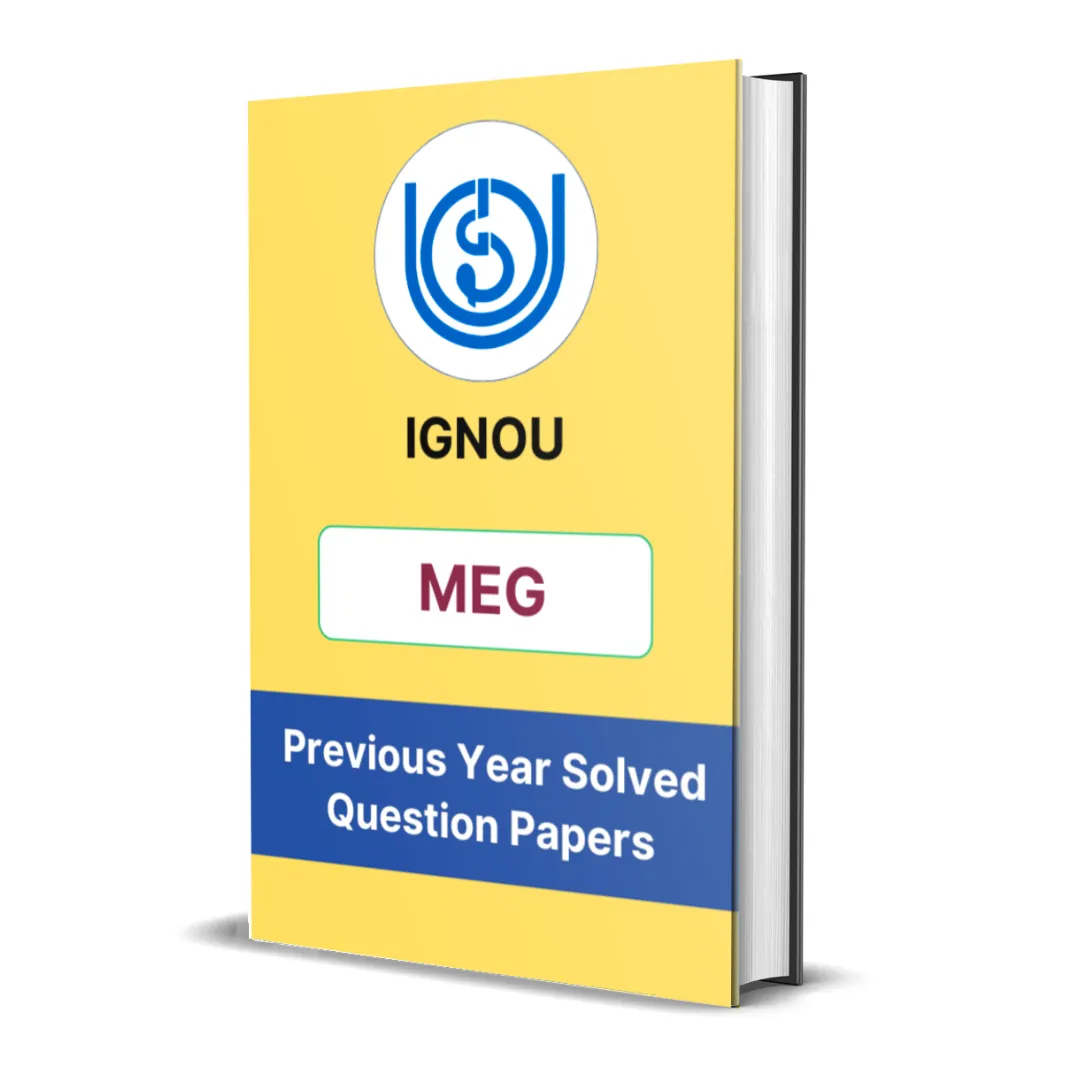Here you will get the detailed summary of IGNOU MEG 13 Block 3 – Poetry.
We have provided the summary of all units starting from unit 1 to unit 4.
Introduction
IGNOU MEG-13 Block 3 focuses on Dalit poetry, examining how poets use verse to express resistance, identity, pain, and political awareness. Unlike mainstream Indian poetry that often emphasizes aesthetic beauty or romantic ideals, Dalit poetry is marked by a raw, urgent tone. It seeks to confront caste-based violence, social injustice, and erasure of marginalized voices. This block introduces key figures such as Sunny Kavikkad, Kalekuri Prasad, Adigopula Venkataratnam, Basudev Sunani, Hira Bansode, and L.S. Rokade, analyzing their works not just as literary texts but as acts of protest and assertion
Unit 1 – Sunny Kavikkad’s Two Poems: “Naked Truths” and “With Love”
This unit explores two powerful poems by Sunny Kavikkad, “Naked Truths” and “With Love.” Both works reflect the poet’s emotional and political response to caste-based discrimination, especially the psychological burden carried by Dalits in contemporary India.
In “Naked Truths,” Kavikkad lays bare the hidden but persistent realities of caste. The poem is bold, confrontational, and honest. It avoids ornamentation, focusing instead on direct language to depict social hypocrisy. The poet critiques how caste operates under the guise of modernity, especially in urban spaces where it’s denied but still practiced.
“With Love” adopts a more subdued yet deeply ironic tone. It presents the contrast between the language of love and the cruelty of exclusion, revealing how the dominant caste society offers only symbolic gestures, never true acceptance. The poem questions the sincerity of relationships built across caste lines and the tokenistic empathy shown toward Dalits.
Both poems illustrate Kavikkad’s ability to use poetry as a mirror to society—unsettling, unflinching, and committed to truth.
Unit 2 – Kalekuri Prasad and Adigopula Venkataratnam
This unit examines two Telugu Dalit poets whose works bring out regional nuances in Dalit expression while addressing broader national concerns. Kalekuri Prasad, a poet-activist, is known for his revolutionary voice, often inspired by Ambedkarite ideology and Marxist critique. His poetry blends historical awareness with sharp political commentary, targeting institutions that uphold caste hierarchies.
His verses carry the weight of resistance—highlighting atrocities, celebrating Dalit icons, and envisioning an egalitarian society. Prasad’s poetry also emphasizes collective identity, urging Dalits to unite in reclaiming dignity and human rights.
Adigopula Venkataratnam, on the other hand, brings a more personal and introspective style to Dalit poetry. His work captures the psychological trauma of growing up in a caste-ridden society. His poems are deeply emotional, often marked by pain, silence, and an internalized struggle for self-worth.
Together, Prasad and Venkataratnam represent two distinct but complementary voices—one militant and outward-looking, the other reflective and inward—both essential to understanding the spectrum of Dalit poetic expression.
Unit 3 – Basudev Sunani’s “Coaching Centre”
This unit focuses on “Coaching Centre” by Basudev Sunani, a Dalit poet from Odisha. The poem is a scathing critique of the educational system, exposing how even spaces meant for social mobility are riddled with casteist bias and exclusion. Sunani uses the setting of a coaching centre—often seen as a symbol of aspiration—to show how Dalit students are systematically discouraged, mocked, and alienated.
Through vivid imagery and irony, the poet portrays the silent segregation and psychological violence that Dalits face in classrooms and educational institutions. Teachers and peers alike are complicit in perpetuating caste hierarchies, either through overt discrimination or subtle humiliation.
The poem is a powerful reminder that education, while theoretically a tool of empowerment, remains inaccessible in spirit for many Dalits due to cultural alienation, language barriers, and social stigma. Sunani’s work insists on a reimagining of education as truly inclusive, democratic, and emancipatory.
Unit 4 – Hira Bansode and L.S. Rokade
The final unit introduces two prominent Dalit poets writing in Marathi: Hira Bansode and L.S. Rokade. Both poets foreground Dalit experience and identity, but from different perspectives—Bansode from a feminist angle, and Rokade from a more philosophical and existential viewpoint.
Hira Bansode is known for her feminist reworking of Dalit narratives. Her poetry deals with Dalit womanhood, challenging not only caste but also patriarchy within Dalit communities. She articulates how Dalit women face a double marginalization, being silenced both by upper-caste society and by their own men. Her poems are assertive, unapologetic, and demand recognition of Dalit women’s voices in literature and politics.
L.S. Rokade, meanwhile, often explores identity, memory, and transformation. His poetry reflects on the internal struggles of the self, offering a more contemplative take on the Dalit condition. He frequently references Ambedkar and the Buddhist tradition, seeing poetry as a medium for both spiritual and political awakening.
Together, their works reveal the complex layers of Dalit identity, where gender, class, and belief systems interact. Their poetry contributes to a richer, more inclusive Dalit literary canon.

